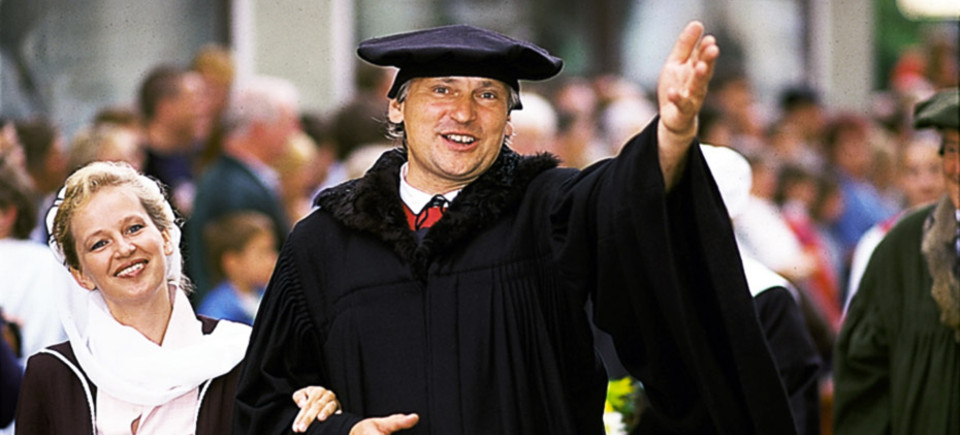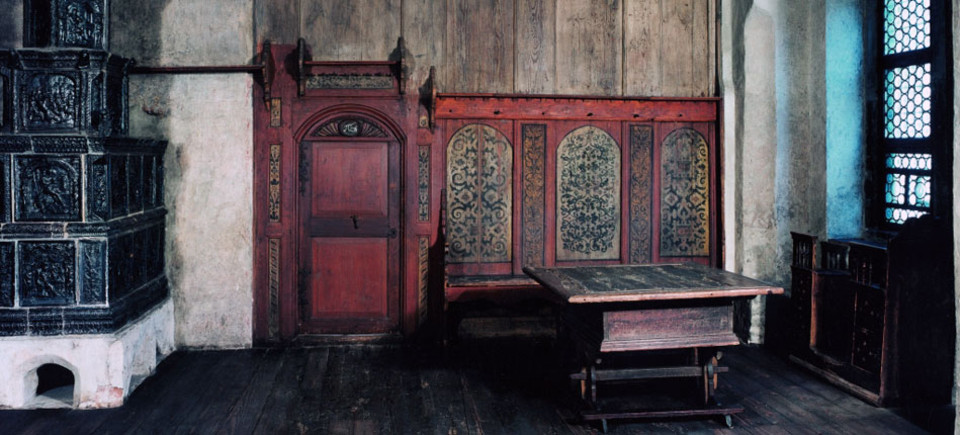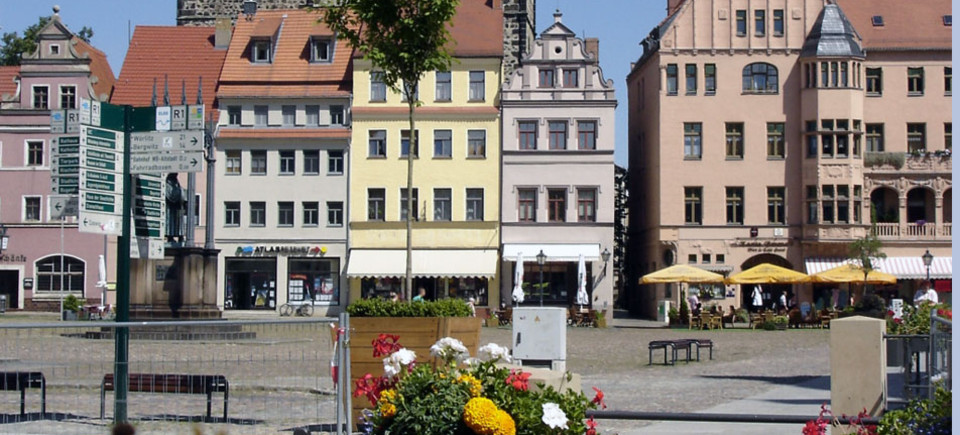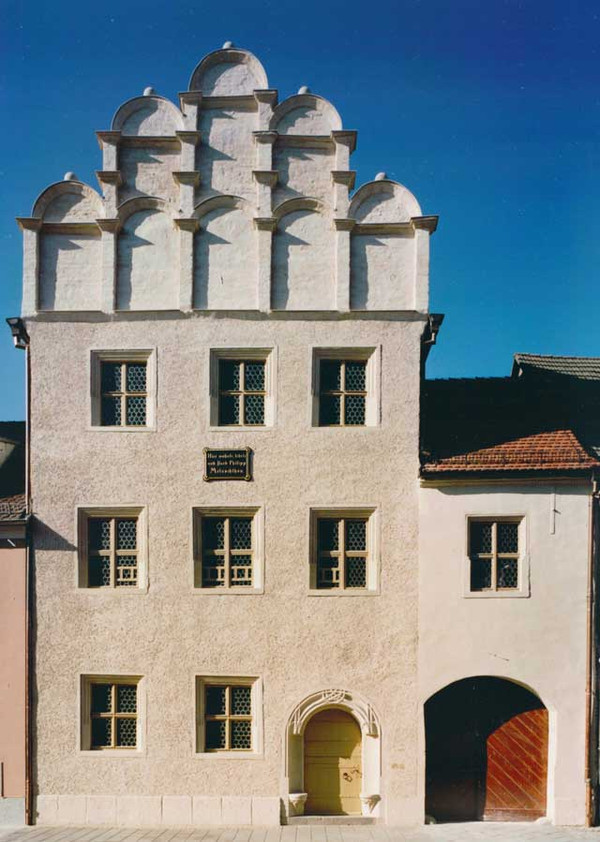Advent in Luthers Höfen
Eisleben, Eisleben
Wittenberg
Martin Luther in Wittenberg
Wittenberg on the River Elbe is the town most closely associated with Martin Luther. Even today, the Reformation and Renaissance form a prominent part of its appeal. The old quarter, for example, is nothing less than an open-air museum where you can trace the course of world history. It is just a short stroll from the house where Luther lived in the east of town to the Castle Church, which boasts the famous theses door and the graves of Luther and Philipp Melanchthon. The monuments that you pass along the way include Melanchthon's house, St. Mary's Church with its exceptional Cranach Altar, and the Cranach courtyards.
Wittenberg, which first appeared in records in 1183, was the seat for the House of Ascania and later the Wettin dynasty. It became the electoral seat for Frederick the Wise towards the end of the 15th century. His shrewd policies, the fast-growing university founded in 1502, and, of course, the legacy of Luther, Melanchthon and other major reformers made the small town on the Elbe river the focal point of religious life in Europe. Wittenberg continued to play a key role in church politics, academia and the arts well after that momentous century. In 1938, the name of the town was officially changed to Lutherstadt Wittenberg.
Places of interest
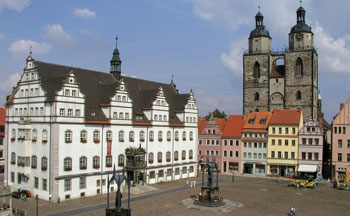
The old quarter, for example, is nothing less than an open-air museum where you can trace the course of world history. It is just a short stroll from the house where Luther lived in the east of town to the Castle Church, which boasts the famous theses door and the graves of Luther and Philipp Melanchthon. The monuments that you pass along the way include Melanchthon's house, St. Mary's Church with its exceptional Cranach Altar, and the Cranach courtyards.
Luther Sites
Luther's House Wittenberg
The Luther House in Wittenberg was the main place where Martin Luther lived and worked for almost 35 years – first as a monk in 1508, and then as a husband and father from 1525. Luther made his “reformatory discovery” in the house, he held lectures for students from all over Europe, and he composed the works that changed the world there.
In 1883, the house opened its doors to the public, and is now the largest museum of Reformation history anywhere in the world. The permanent exhibition is called: “Martin Luther: life, work and legacy”. It offers an insight into Luther's activities in Wittenberg, the day-to-day life of his family and the impact of the Reformation.
Melanchthon House
The house where Philipp Melanchthon lived is one of the finest town houses in Wittenberg. It is an architectural gem in the Renaissance style with late-Gothic windows and a vaulted, stepped gable. The three-storey building was erected for Elector Johann Friedrich in 1536. Philipp Melanchthon, his family and their student lodgers lived in the house.
Ad Fontes, which means “to the sources”, was a favourite maxim of Philipp Melanchthon and provides the title for the Melanchthon House exhibition. Around 400 historical drawings, prints and paintings document the life and legacy of the great humanist, Luther's closest companion and colleague. The focal point of the exhibition is Melanchthon's study (also the room where he died), which was furnished with items from the period in 1898.
